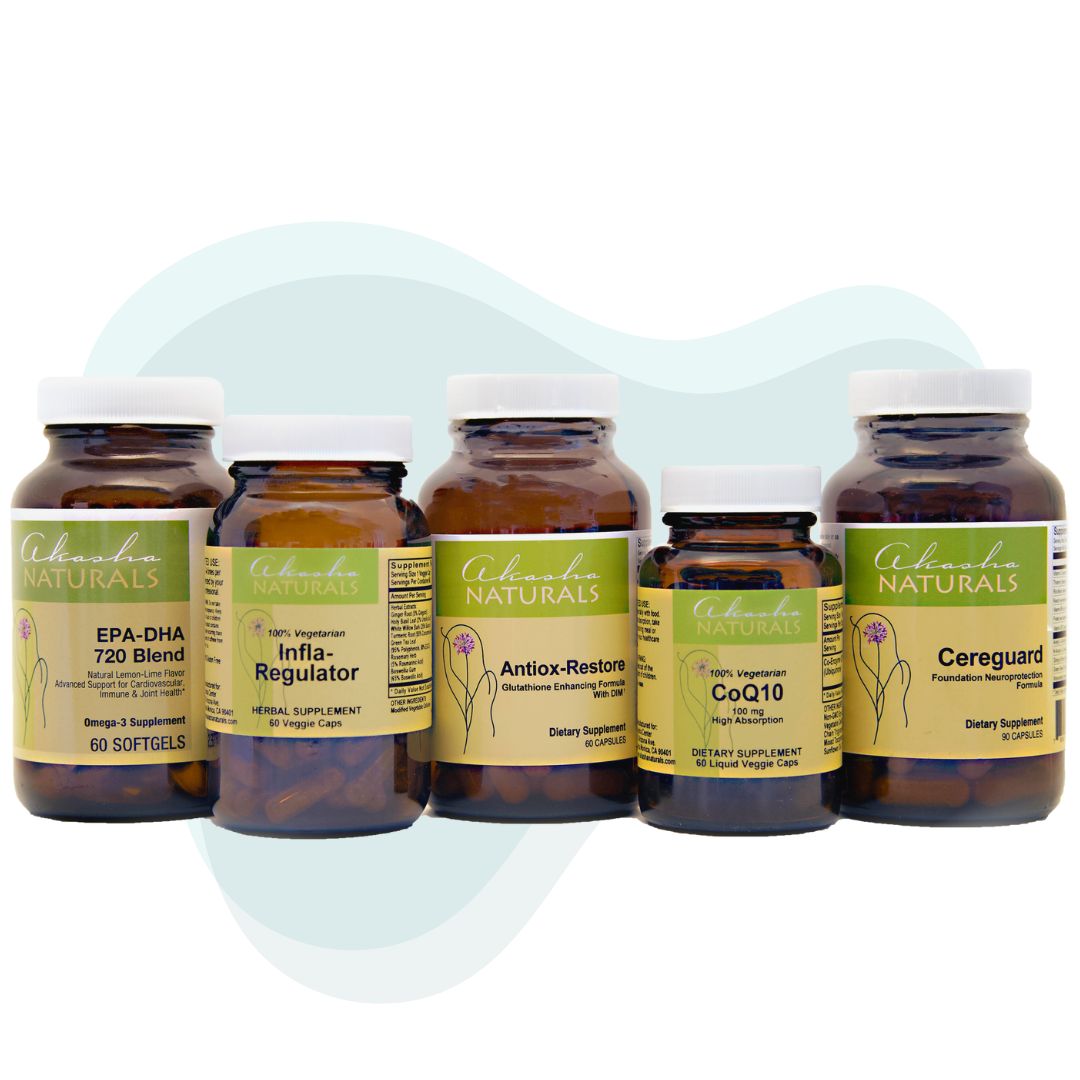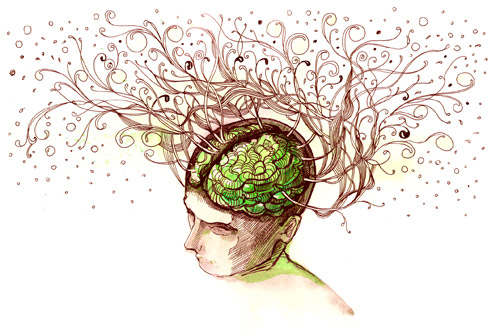by Kevin Kunkel, LMFT, SEP, CMT
I’ll be the first to admit, the prolonged social isolation and day to day changes on me and my loved ones due to coronavirus, and the insane political polarization and bickering regularly loads me down with stress. I know so many of my clients, family, and friends feel this same overwhelm creeping in. You may also be feeling inside a feeling of anxiety, frustration, overwhelm, or just feeling the unknown of the world around us. Though we can’t control the world around us, we can shift our body and mind by using techniques to help settle uncomfortable feelings and find calm.
As you know, stress accumulates. Fortunately, stress relief accumulates and creates a resilience we then have towards future external stressors and the disease and illness it allows. It is important to have activities or tools that work for you to bring down your stress levels and maintain your resiliency. And, it is important to be using one of your tools regularly and often.
Somatic Experiencing is a healing modality that looks to stabilize and undo the physiological stress response within our body and build resilience to stress and disorder. I will discuss a few simple, yet profound somatic exercises you can utilize right now in order to affect how stress is negatively affecting your body and mind.
1. Notice and Contain – the basis in creating any change is to pause and truly identify what you are feeling. If you cant name the jumble of mixed emotions inside you, can you at least notice the events and thoughts that are effecting you and creating your internal world right now. And, can you name a few of the sensations that associate with your current state. Stay with your awareness here for a few breaths. Now feel a sense of containment: Think of a container of any imaginary size and material. Imagine putting all of the disturbing events, thoughts, feelings, and sensations into the container. Get curious about how that begins to shift things inside of you…Can you feel it leaving you? Continue to imagine putting all of these things into the container until you feel a solid sense of distance from them. Take as much time as it needs to feel complete. Now close the lid of the container and take a few more moments to notice the shift this creates in you. The longer you sit and notice the pleasant end-state, the more you allow your internal chemistry and physiology to change and resiliency to build.
2. Grounding – We may say “our stress or anxiety is rising”, or “we are calming down”. Grounding counters rising stress by focusing our awareness within and down.
Practice: Begin sitting or standing with both feet on the floor and your back straight. Take a few moments to bring your awareness to your skin on the front side of the body (your chest, belly, face, legs). Now your skin on the back side of your body (head, back, legs). Take the time for your awareness to settle there. Then, bring your awareness to your hips and sense the weight of your torso coming in to the hips and down into the chair. After a few moments, notice this weight coming down into your upper legs, and notice any other sensations you may notice in your thighs, knees, and then calves. Notice how the weight in your legs comes down into your feet and spend a few moments with your awareness of this weight and any other sensations in your feet. Next, bring your awareness to your shoulders, allowing them to fall and be weighty. Notice any sensations in your upper arms and lower arms and notice how the weight in the shoulders translates through the upper, then lower, arms and into the hands. Feel the weight of your hands on your thighs (if sitting), and allow your awareness of this weight falling through the legs to your feet. Pause again with your awareness on your feet and a sense of your weight coming down into the feet. Take a moment to sense what it feels like to have all of your awareness in your body and especially in your feet. Notice the quality of your thoughts and perhaps even the boundary you may feel between your physical body and the chaos in the outside world.
3. Resourcing – By definition, a resource is something we can draw upon in order to help us live more effectively. In this context, it is a tool for stress relief that builds resilience and a positive state within us. These can be different for each person and can be a list of both external activities or stimulating events/locations, or internal experiences.
It’s important to take the time and have a list of our resources written down, so you can remind yourself what you are missing in your weekly routine. It’s also important because when you are in a negative space, it truly is hard to focus on the positive and remember what makes you feel good. As an example, some of the external resources that affect my internal state are: being in nature, even just hearing the sound of the ocean or of birds randomly tweeting, literally having my feet in the dirt or grass, authentically connecting with friends, touch and cuddling with my fiance, a cathartic run, yoga or connecting with my breath and movement.
It is also important to have a list of your internal resources in your toolbox. Research shows the expectation and planning of the vacation trip can actually bring us more happiness then the actual vacation itself. For those who can get into visualization, Internal experiences can invoke profound changes in our physiological response to stress. Have a list of certain locations, people, or past events that can invoke positive emotional states, especially around feelings of safety, calm, support, or even success. Have one or two that you practice recalling the sight, sounds, smells, feelings, sensations, and thoughts that the resource invokes when you stay with your awareness on it. The more senses you can involve in your revisiting or remembering this location/person/event, the more your physiological response will be affected. Truly feel it, and then take the time to notice how it feels in your body right now, notice and stay with how your physiology has changed.
A final note: It’s important to take advantage of times when you feel your best throughout your day. If you have more negative emotions or have times during your day when you are more stressed, your brain is more likely to focus on the negative in your life and miss opportunities to turn the tide. When experiencing positive emotions or in a lighter state, you are more likely to do the things that create more support and wellbeing in your life. Hence, if there is a sweet spot in your day where you normally feel best, try to implement grounding or one of these other easy self-care actions at that time. As the relief snowballs, your future self will be very glad you did!
Kevin Kunkel, LMFT, SEP, CMT is a somatic and massage therapist and meditation teacher. You can schedule an appointment with him by calling 310-451-8880 or emailing us at info@akashacenter.com








